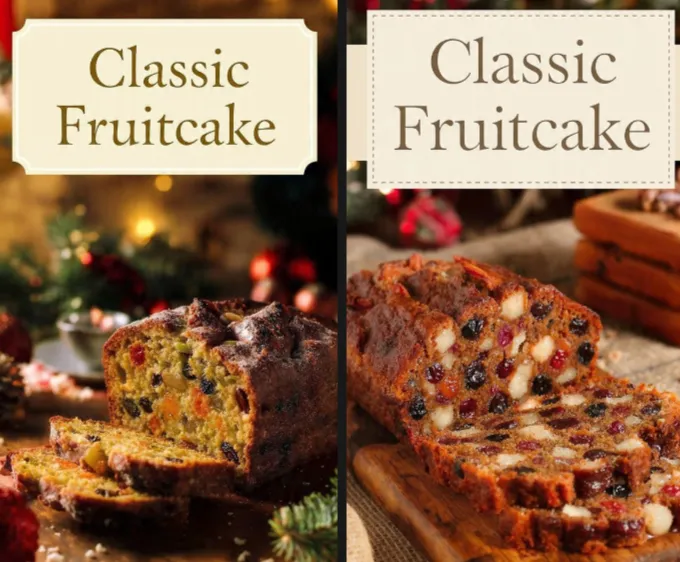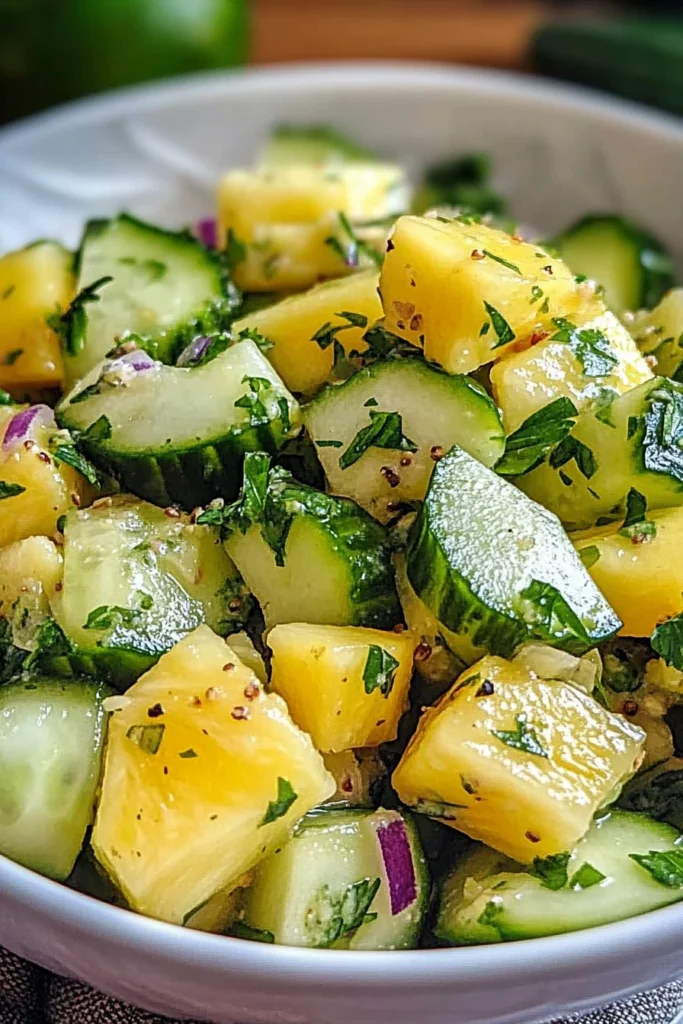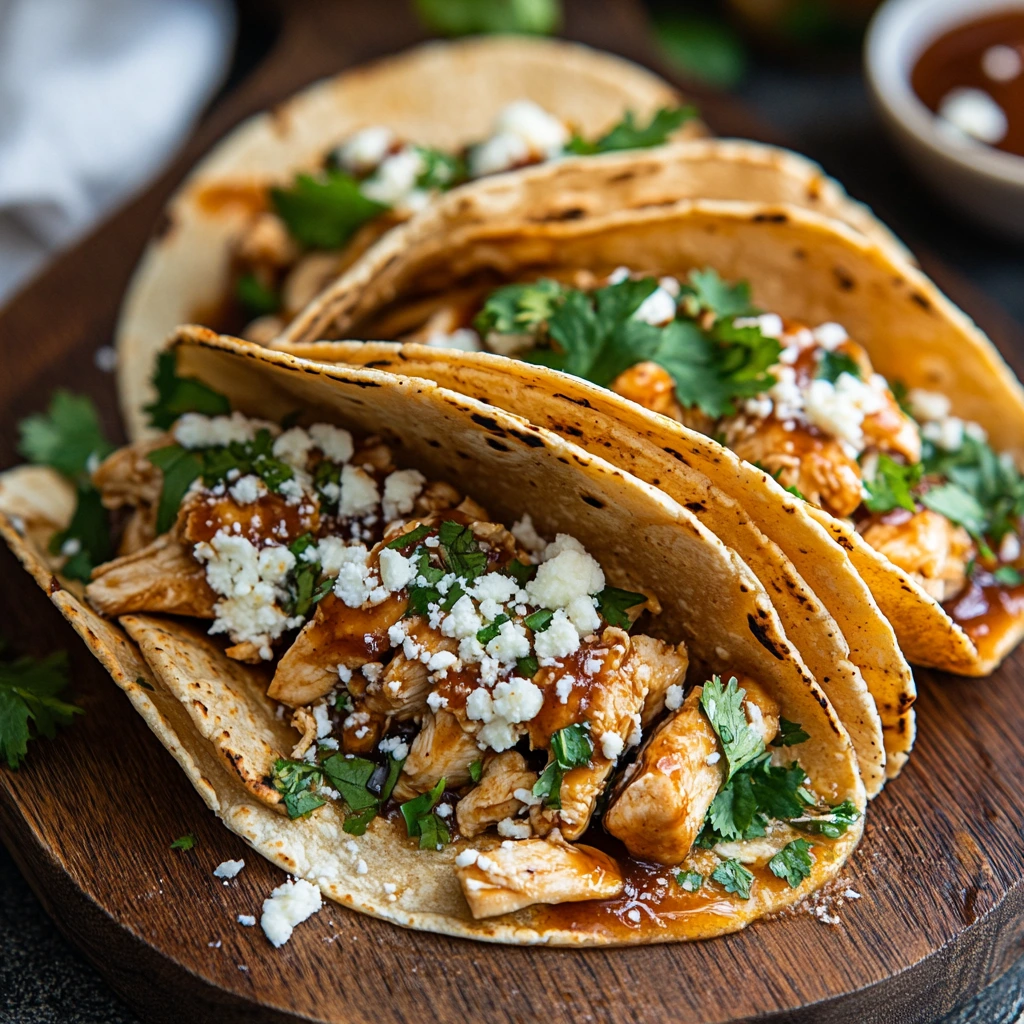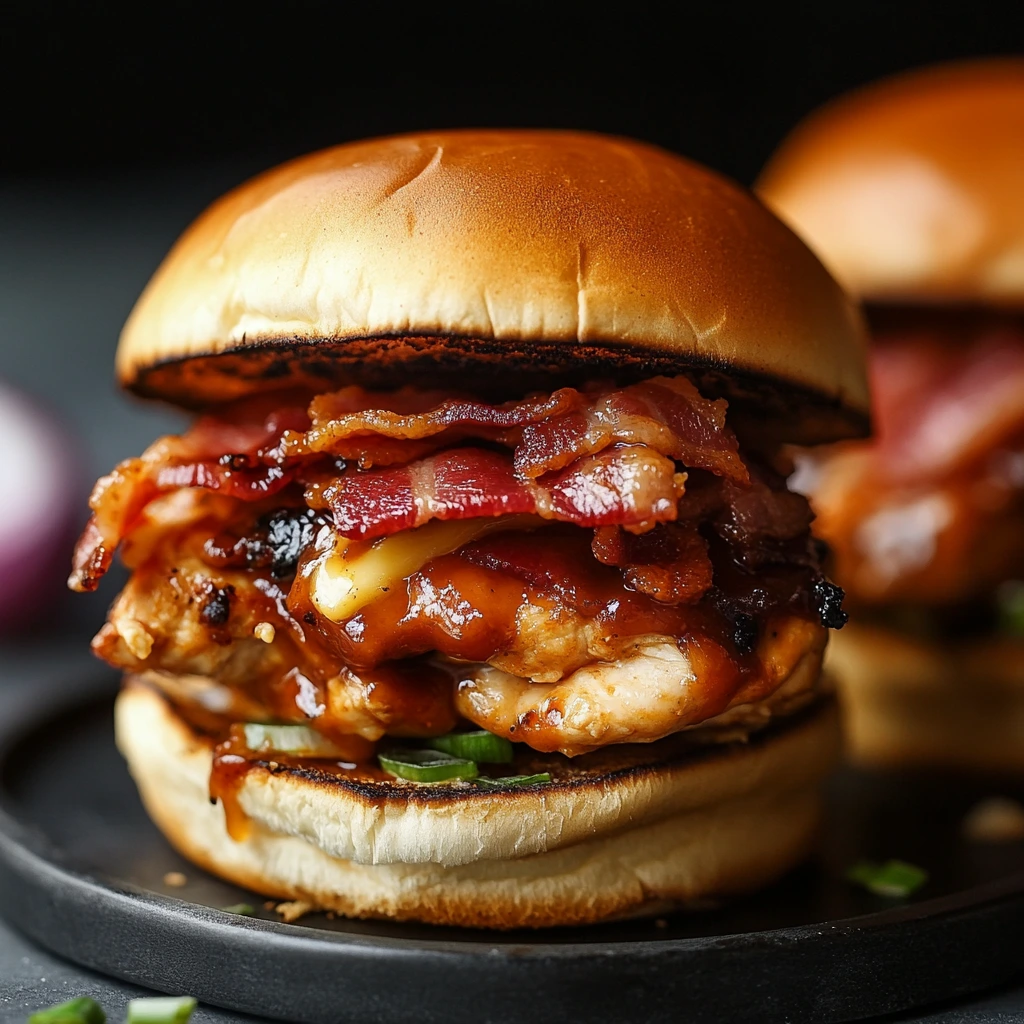Classic Fruitcake is a timeless holiday dessert that embodies the warmth and spirit of the season. Dense, moist, and bursting with dried fruits, nuts, and aromatic spices, it’s a cake that has stood the test of time. Whether served at Christmas, weddings, or special gatherings, fruitcake is a symbol of celebration and tradition.
This recipe captures the essence of the classic fruitcake — rich, flavorful, and perfectly balanced. The combination of dried fruits soaked in brandy or rum, buttery batter, and fragrant spices creates a cake that’s both indulgent and comforting. Properly aged, it develops even deeper flavors, making it a dessert that gets better with time.
The Essence of Classic Fruitcake
The essence of fruitcake lies in its complexity of flavor and texture. The sweetness of dried fruits, the crunch of nuts, and the warmth of spices come together in perfect harmony. The cake is dense yet tender, rich yet balanced, and every bite tells a story of tradition and craftsmanship.
It’s a dessert that celebrates patience and care — a cake that’s baked, aged, and shared with love.
Why This Recipe Works
This recipe works because it focuses on balance and technique. The fruits are soaked in alcohol or juice to plump them up and infuse them with flavor. The batter is rich but not heavy, allowing the fruits and nuts to shine. Baking the cake slowly at a low temperature ensures even cooking and a moist texture. The result is a fruitcake that’s flavorful, aromatic, and perfectly textured.
The combination of quality ingredients and careful preparation makes this recipe a true classic.
Ingredients and Their Roles
Dried fruits: The heart of the cake, providing sweetness and texture. Common choices include raisins, currants, cherries, apricots, and dates.
Nuts: Add crunch and richness. Walnuts, pecans, or almonds work beautifully.
Brandy or rum: Used to soak the fruits and preserve the cake. Orange juice can be used as a non-alcoholic alternative.
Butter: Adds richness and moisture.
Brown sugar: Deepens the flavor with caramel notes.
Eggs: Provide structure and richness.
Flour: Forms the base of the batter.
Baking powder: Helps the cake rise slightly.
Spices: Cinnamon, nutmeg, and allspice add warmth and aroma.
Molasses or honey: Adds depth and color.
Step-by-Step Recipe
Ingredients
For the fruit mixture:
- 2 cups mixed dried fruits (raisins, currants, chopped dates, cherries, apricots)
- ½ cup chopped nuts (walnuts, pecans, or almonds)
- ½ cup brandy, rum, or orange juice
- Zest of 1 orange and 1 lemon
For the cake batter:
- 1 cup unsalted butter, softened
- 1 cup brown sugar
- 4 large eggs
- 2 cups all-purpose flour
- 1 teaspoon baking powder
- 1 teaspoon cinnamon
- ½ teaspoon nutmeg
- ¼ teaspoon allspice
- ¼ teaspoon salt
- 2 tablespoons molasses or honey
- ¼ cup milk or orange juice
For brushing and aging:
- ¼ cup brandy or rum (optional)
Preparation
- Prepare the fruit mixture. In a large bowl, combine the dried fruits, nuts, brandy (or juice), and citrus zest. Stir well, cover, and let soak overnight or up to 24 hours.
- Preheat the oven. Set the oven to 300°F (150°C). Grease and line a 9-inch round or loaf pan with parchment paper.
- Cream the butter and sugar. In a large mixing bowl, beat the butter and brown sugar until light and fluffy. Add the eggs one at a time, beating well after each addition.
- Combine dry ingredients. In a separate bowl, whisk together flour, baking powder, spices, and salt.
- Mix the batter. Gradually add the dry ingredients to the butter mixture, alternating with milk or juice. Stir in the molasses or honey.
- Add the fruit mixture. Fold in the soaked fruits and nuts until evenly distributed.
- Bake. Pour the batter into the prepared pan and smooth the top. Bake for 1½ to 2 hours, or until a toothpick inserted in the center comes out clean.
- Cool and brush. Let the cake cool in the pan for 15 minutes, then transfer to a wire rack. Brush the warm cake with brandy or rum if desired.
- Wrap and age. Once completely cool, wrap the cake tightly in parchment paper and foil. Store in an airtight container for at least one week before serving to allow the flavors to mature.
Tips for Perfect Fruitcake
- Soak the fruits overnight for maximum flavor.
- Use room-temperature ingredients for a smooth batter.
- Bake slowly at a low temperature to prevent dryness.
- Wrap and age the cake for deeper flavor.
- Brush with brandy every few days for a moist, rich texture.
Variations and Flavor Combinations
1. Traditional English Fruitcake
Classic version with brandy-soaked fruits and warm spices.
2. Caribbean Black Cake
Add dark rum, burnt sugar syrup, and extra spices for a rich, dark version.
3. Light Fruitcake
Use golden raisins, apricots, and pineapple for a lighter color and flavor.
4. Chocolate Fruitcake
Add cocoa powder and chocolate chips for a decadent twist.
5. Nut-Free Fruitcake
Omit nuts and add extra dried fruit for texture.
6. Vegan Fruitcake
Use plant-based butter and flax eggs for a dairy-free, egg-free version.
Serving Suggestions
Classic Fruitcake pairs beautifully with:
- Hot tea or coffee.
- Mulled wine or brandy.
- Whipped cream or custard.
- A slice of sharp cheddar for a traditional English pairing.
It’s perfect for:
- Christmas and holiday celebrations.
- Weddings and anniversaries.
- Gift-giving and festive gatherings.
Make-Ahead and Storage
Make-ahead: Fruitcake improves with age. Bake at least one week before serving for best flavor.
Storage: Wrap tightly in parchment and foil, and store in an airtight container in a cool, dark place for up to 3 months.
Freezing: Freeze for up to 6 months. Thaw overnight before serving.
Aging: Brush with brandy or rum every 1–2 weeks to keep moist and flavorful.
Nutritional Information (per serving)**
- Calories: 380 kcal
- Protein: 5 g
- Fat: 15 g
- Carbohydrates: 55 g
- Fiber: 3 g
The History of Fruitcake
Fruitcake has a long and storied history, dating back to ancient Rome, where early versions were made with pomegranate seeds, pine nuts, and raisins mixed into barley mash. In the Middle Ages, honey, spices, and preserved fruits were added, transforming it into a luxurious treat reserved for special occasions. By the 18th and 19th centuries, fruitcake had become a symbol of celebration across Europe, particularly in England, where it was served at weddings and holidays. The tradition spread worldwide, and today, fruitcake remains a beloved part of Christmas festivities.
Texture and Flavor Profile
The perfect fruitcake is dense yet moist, with a tender crumb that holds together the fruits and nuts. The flavor is rich and complex — sweet from the fruits, warm from the spices, and slightly boozy from the brandy. Each bite offers a medley of textures, from chewy raisins to crunchy nuts, creating a satisfying and indulgent experience.
Common Mistakes and How to Avoid Them
Dry cake: Bake at a low temperature and don’t overbake.
Sinking fruits: Toss fruits in a little flour before adding to the batter.
Overpowering alcohol: Use moderation; the flavor should enhance, not dominate.
Uneven texture: Mix gently to avoid crushing the fruits.
Crumbly cake: Let the cake rest before slicing for clean cuts.
Chef’s Tips
- Use a mix of colorful fruits for visual appeal.
- Add a splash of orange liqueur for brightness.
- Line the pan with double parchment to prevent over-browning.
- Cool completely before wrapping to avoid condensation.
- Serve thin slices — fruitcake is rich and satisfying.
Pairing Ideas
With Drinks:
- Brandy or rum for a classic pairing.
- Port wine or sherry for a sweet complement.
- Black tea or espresso for a balanced contrast.
With Other Dishes:
- Serve after a roast dinner or festive feast.
- Pair with cheese platters or nuts.
- Add to a dessert buffet with cookies and truffles.
The Joy of Holiday Baking
Classic Fruitcake embodies the joy of holiday baking — the aroma of spices, the richness of butter, and the anticipation of sharing something made with care. It’s a dessert that connects generations, evoking memories of family gatherings and festive traditions.
It’s proof that patience and craftsmanship create the most rewarding results.
The Science of a Moist Fruitcake
The secret to a moist fruitcake lies in the balance of moisture and density. Soaking the fruits ensures they release flavor and moisture during baking. The butter and eggs provide richness, while the slow baking process allows the cake to cook evenly without drying out. Aging the cake allows the flavors to meld, creating a deeper, more complex taste.
Presentation and Finishing Touches
1For an elegant presentation, brush the cake with warm apricot jam for shine and decorate with glazed fruits and nuts.
2For a rustic look, dust with powdered sugar or wrap in parchment and twine.
3For a festive touch, top with holly leaves or candied citrus slices.
Modern Variations
- Keto Version: Use almond flour and sugar substitutes.
- Gluten-Free Version: Use a gluten-free flour blend.
- Dairy-Free Version: Use plant-based butter.
- Low-Sugar Version: Use unsweetened dried fruits and natural sweeteners.
- Gourmet Version: Add candied ginger, figs, and a splash of cognac.
The Perfect Holiday Dessert
Classic Fruitcake is the perfect holiday dessert — rich, flavorful, and steeped in tradition. It’s a cake that improves with time, rewarding patience with depth and complexity. Whether served as a centerpiece or gifted to loved ones, it brings warmth and nostalgia to every celebration.
The Cultural Influence of Fruitcake
Fruitcake has traveled across continents, adapting to local tastes and ingredients. In the Caribbean, it’s soaked in rum and dark molasses; in Italy, it takes the form of panforte; in Germany, it becomes stollen. Each variation reflects the culture that embraced it, yet all share the same essence — a celebration of abundance and festivity.
The Role of Fruits and Spices
The dried fruits provide sweetness and texture, while the spices add warmth and depth. Together, they create a flavor profile that’s both comforting and luxurious. The balance of these elements defines the character of a great fruitcake.
The Perfect Bite
The perfect bite of fruitcake is moist, rich, and full of flavor. It’s sweet but balanced, dense but tender — a bite that captures the essence of the holidays.
Conclusion
Classic Fruitcake is a celebration of tradition, craftsmanship, and flavor. With its rich texture, aromatic spices, and jewel-like fruits, it’s a dessert that brings joy and nostalgia to every holiday table.
Easy to make yet deeply rewarding, it’s perfect for Christmas, weddings, or any festive occasion. This recipe proves that with patience, quality ingredients, and a touch of care, you can create a cake that’s both timeless and unforgettable — a true classic of holiday baking.







